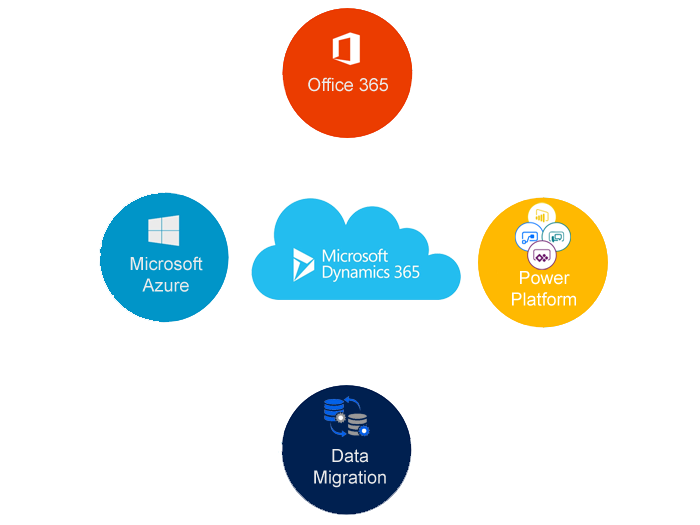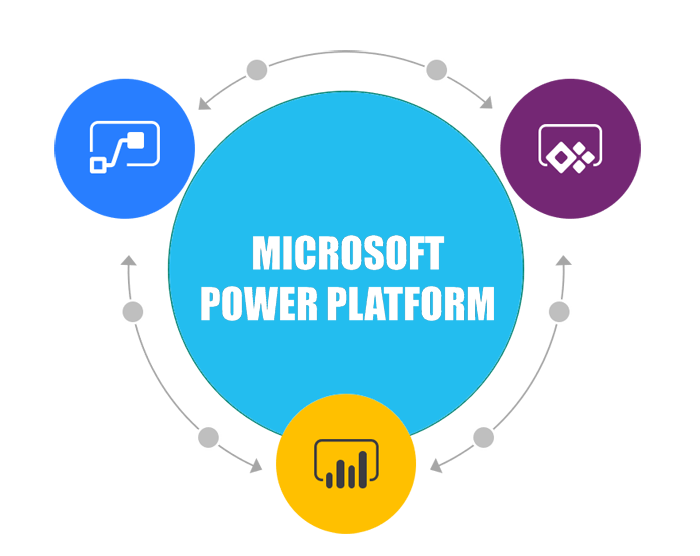Review
Navigation and Command Bar-Customization
Form event scripting
Web resources
Working with services
Querying CRM data
Using the Rest OData endpoint
Plug-ins
Custom workflow activities
CONFIGURE , CUSTOMIZE AND EXTEND
Configure: System Settings, Security Settings, Email Configuration, Data Management.
Customize: Schema Changes, Form & View Chnages, Visualizations, Solutions , Processes
Extend: Client Scripting, Navigation, Plug-ins, Workflow Activities, Integration
BUILT – IN FUNCTIONALITY
Before you start designing you won custom items to extend the application consider the built-in options available.
.Processes Tracking & Automation
-Workflows, Dialogs, Business Process Flows, Custom Actions
.Client Side Customizations:
-Business Rules, Rollup fileds, Calculated Fields, etc.
.Additional Funtionality:
-Product Catalog, Case Management, Service Management.
EXTENDING CRM
CLIENT
-Navigation & Commanding
-Client Scripting
-Custom User Interfaces
SERVER
-Plug-ins
-Custom Workflow Activities
-Custom Actions
INTEGRATION
-3rd Party Applications
-Remote Plug-in Execution
-Power BI
-Sharepoint
NAVIGATION AND COMMANDING
.SITE MAP: Used to control application navigation
– Navigation Elements can be added, edited and Removed as needed.
-COMMAND BAR: Display actions and commands that are available
– Can Add, Remove, and Edit.
URL ADDRESSABLE FORMS: Access CRM forms and lists directly through their URL.
API DRIVEN SCRIPTING
-Allows for enhanced functionality & flexibility on forms
– calculated fields, formatting, data validations etc.
Scripts can be associated to events at a form and fileds levels
– Onload, Onsave, Onchange, TabStateChange etc..
-Script Libraries are used for easier deployment and availability
-Business rules provide simple business at the field level.
-Don’t require uploading of custom scripts
– Can be created by non – developer
-Traditional client javascript can focus on more complex tasks
-Can run on the server also.
CUSTOM USER INTERFACES WITH WEB RESOURCES
– Stored in CRM as solution components
-Exported to any CRM deployment
-AVailable in Outlook with offline access
Types:
-Javascript
-HTML Web Page
-Images(PNG, JPG, GIF, ICO)
-Style Sheets (CSS and XML)
Sliverlight
BUILDING SERVER SIDE EXTENSIONS
-Organization service API provides data and service request execution
-Rich event model allows for triggering custom code using plg-ins
-Custom worklfow activities allow custom code to execute from declarative workflows.
-Custom actions allow defining custom messages that are callable from code but the implementation is defined declaratively.
————————————————————————————————————————–
WORKING WITH DATA AND SERVICES
-REST endpoint for working with data
-SOAP endpoint allows full message execution
Task Web Service
create, Retrieve, Update and Delete records SOAP OR REST ENDPOINT
Associate and Disassociate records SOAP OR REST ENDPOINT
Assign Records SOAP ENDPOINT
Retrieve Metadata SOAP ENDPOINT
Execute Messages and anything else SOAP ENDPOINT
————————————————————————————————————————–
THE EVENT MODEL
Create Request
|
Pre-Operation Events
|
Platform Operation
|
Post-Operation Events
|
Create Response
=============
API access for CRM metadata and deployment services
-Working with metadata
– Provides support for querying and dynamic discovery of values
– Creating /Changing
-Example – add entity and add attributes etc
-Example- I need the labels for an option set converted to the current users language settings
-Working with deployment services
-Create /Manage organizations, servers, licenses, etc.
-Discovery service
– Determine organization a user belongs to and endpoint URL for each organization
————
Plug-ins
-.Net assemblies
-Can be triggered off multiple messages events
-Can run a different stages
-On-Premises and Online
-Offline and server execution options
Custom workflows activities
-.Net Assemblies
-Building blocks for composable custom code
-Can be used by workflows or dialogs
-Support all deployments types by allowing execution in sandbox
=============
CUSTOM ACTIONS
Custom actions are multi -step declarative custom logic that can be invoked via API calls
-Example -Schedule, Escalate, Route Lead
-Actions are a new type of processes that allows specification of input and ouput parameters
-Actions can be called from code
Can also be called from workflows or dialogs
-Execution is always synchronous
======================
Integration
-Unified Service Desk
-Azure Active Directory
-Azure Service Bus
-Portals and other custom user experiences
Unified Service Desk:
Windows Desktop App that loads an agent desktop experience
Agent desktop configured vai CRM entities that define how the components are presented and intreacted with
Developers can further extend beyond configuration using the UII framework directly.
————————————————————————————————————————
Azure Active Directory:
Standalone Cloud Directory
Provide authentication for CRM Online
Provide support for integration with on-premises
Provides API support
Azure Service Bus:
Works with Dynamics CRM’S Async service to offload work from CRM
Secure integration with 3rd parties
MULTI TENANT DEPLOYMENT
-Multi – Tenant uses:
-Hosting company providing dynamics CRM for multiple customers
-Separate organization undera single holding company
-Separate organizations for development, testing, production, etc in a single deployment.
example:
A. Single Tenant, Single Instance(one database)
B.Multi Tenant, Shared Deployment(One database, one server)
C.Multi Instance, Multi Deployment(two databases, two servers



